Home > Male to Male Wire Cables
Male to male cable defines as a kind of cable where each end is attached with male connectors. These connectors have pins or prongs protruded that are built to insert into corresponding female connectors or ports. It indicates that a male to male cable is applied for the connection of two applications or elements applied for data transmission, video links and electricity supply between devices. Actually, the term ”male” represents the protruding pins or plugs attached on both ends of the cable, which are crafted to match securely into female connectors.
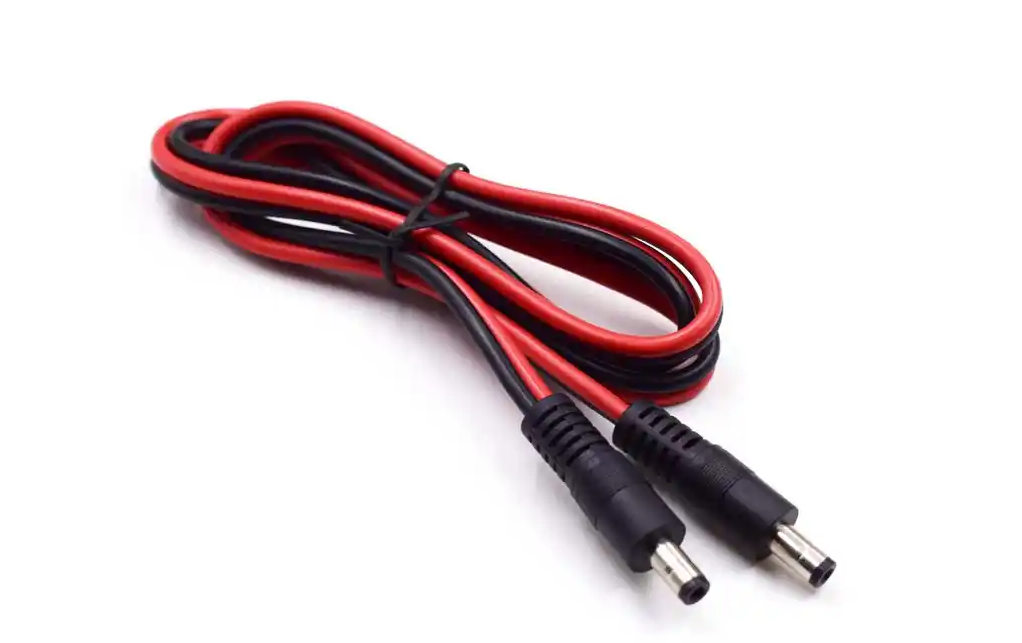
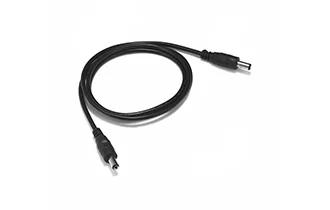
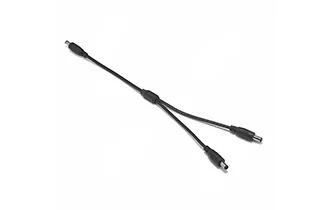
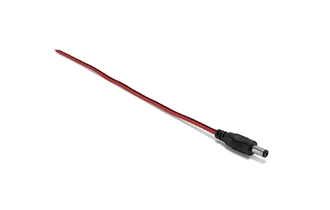
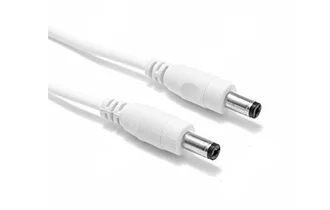
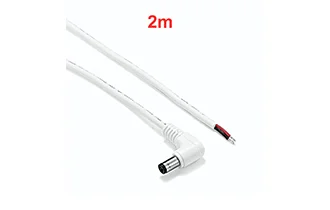
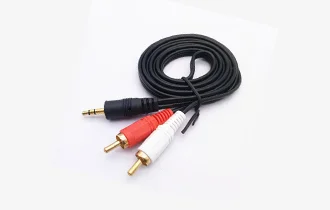
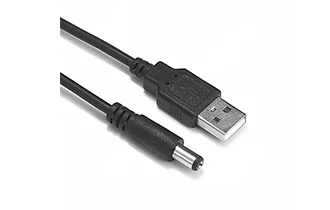
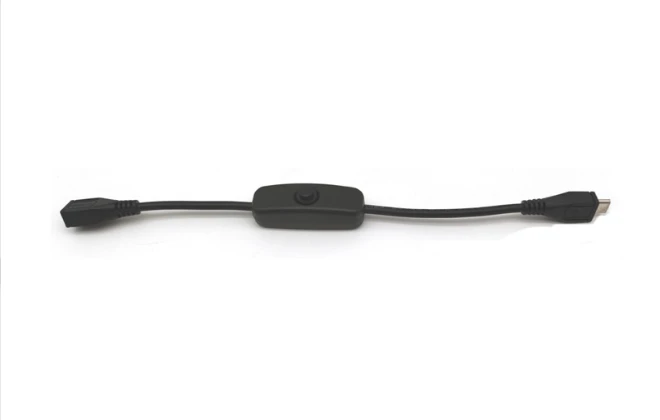
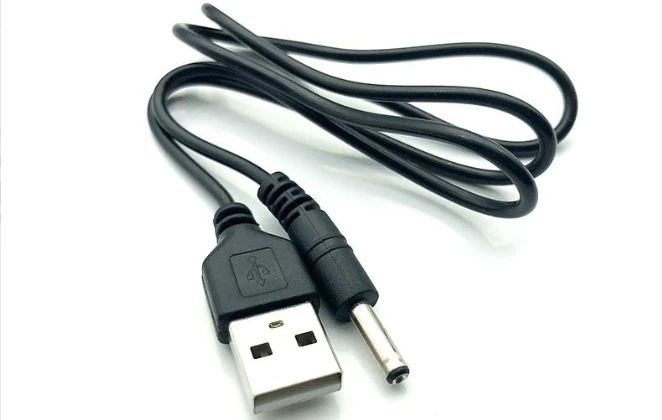
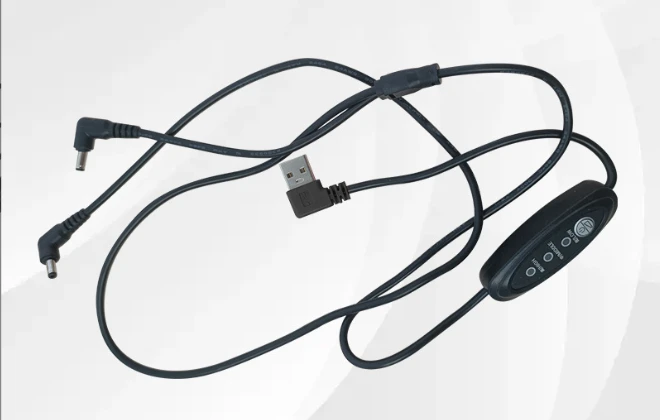
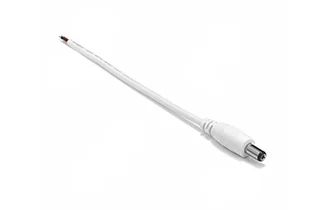
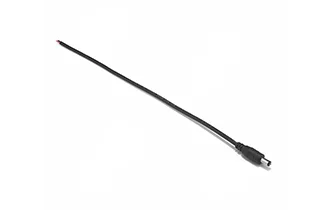
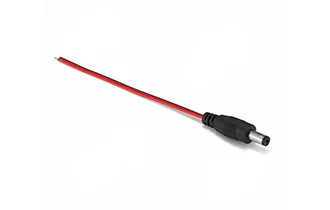
| ltem Name | Cable Values |
|---|---|
| Cable Color | White, Black, Red(Support Customization) |
| Cables Gauge | 18-28awg (Support Customization) |
| Connector Gender | Terminals, connectors, DC connectors |
| Pins | 2 - 8 Pins |
| Conductor Material | Copper, Tinned copper |
| Insulation Material | Silicone, PVC |
| Voltage | 3V, 5V, 6V, 9V, 12V(Based on customer's needs) |
| Rated Temperature | -40 - 80°C |
| Certification | UL CE Rohs |
Male to male cables are specifically applied in various kinds of uses where two devices with female ports are required to be linked. Below are some most universal male to male cables:
a. Video Connections
b. Data Transfer
d. Electricity Supply
e. Audio Devices
f. Display Connection
Multiple factors decide the selection of choosing a matched male to male cable. This factors include connection type, cable quality and specific application.
a. Connection Type
The first thing is to identify the kind of connectors you require. Different devices need different kinds of cables, so make sure you pick out the right one:
b. Cable Length
The distance between the two applications should be calculated, and a cable that is long enough to connection them with no excessive length should be selected. However, if excessively long cables are used, signal degradation may occur, particularly with the transfer of high-speed data or video signals. Thus, cables with appropriate length like 3 to 6 feet are perfectly fit for connecting between devices, while longer cables may be required for installations with farther distances.
c. Correct Quality and Material:
Durable cables with high-end materials should be selected particularly in harsh conditions that require frequent use. Here gold-plated connectors provide greater conductivity and corrosion resistance, which enables a steady connection in the long run. Sheathing plays an essential role in reducing interference and maintaining signal quality for audio cables. Cables with foil or braided shielding offer additional protection against EMI and RFI.
d. Data Transmission or Signal Needs
Make sure the needed data speed, bandwidth or resolution for your device can be supported. Take examples:
e. Compatibility with Devices
The compatibility of the cable with your applications should be inspected before any purchases because some applications have special needs for the compatibility. A USB bridge cable should be used for data transmission between two laptops rather than s standard male to male cable since a regular cable may result in electrical damage to the applications.
f. Power Rating
If a male to male power cable is used, make sure the voltage and current loafs required by the applications can be met. An under-rated cable might result in overheating or even fires. However, male to male power cords are not advisable for general application because of safety hazards.
g. Certification
High-end male to male cables often have safety certifications such as HDMI Certified, which means the cable has undergone strict tests to meet industrial standards for safety, performance and durability.
h. Signal Degradation Length
Signal degradation can happen across long distances for cables. Below are some ways to avoid signal drops:
i. Extra Feature
If the applications are placed in confined spaces, male to male cables with correct-angle connectors should be chosen to avoid the sharp bending of cables and the reduction of stress on the ports. Flat cables can be selected if the cable needs to be run under floors or along walls for better hiding, while round cables may provide greater durability and flexibility.
The major difference between a male to male cable and a female to male cable comes in:
a. Connectors: Male to male cable is built with plugs or prongs on each end of the cable. The male connectors are crafted to insert into female ports or sockets. Two applications are linked by these cables. And both of them have female connectors. On the other hand, female to male cable has a female connector on one end and a male connector on the other end. The male plug is sent to the female connector from another cable or applications, while a individual application or outlet is plugged into the male connector. This kind of cable is usually applied as an extension to lengthen an existing cable.
b. Function: Two applications are connected directly male to male cables with female ports. Take an example, a television in linked to a media player by using an HDMI male to male cable. However, female to male cable usually works as an extension. For instance, the length can be extended of an existing USB cable by a USB female to male cable by enabling the female end to link an extra male connector.
c. Common Applications: Video connection, data transmission and networking commonly require male to male cables, while female to male cables are universally applied as an extension that allow flexibility in placing devices through the enhancement of cable length.
d. Safety and Compatibility: Direct application-to-application can be achieved by using male to male cables but it needs attentions. In particular, it is cautious to handle electricity cables for the reason that improper application can lead to fires. Generally, female to male cables are safer and more multifunctional for the extension of connections, since existing cables are allowed to link with no risks of live prongs.
Looking Male to Male Cables for Your Project? We Are Ready to Support You.
As a renowned cable harness solution provider giant VOCSON can ensure that your project is leading the industry, Choose us to provide wire harness products, and OEM or ODM services for you.